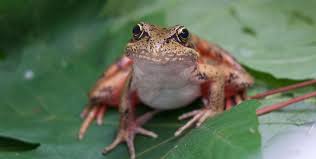
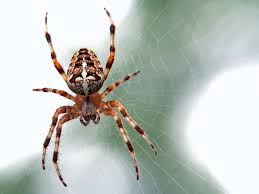 Which of the following animals is a mammal?
Which of the following animals is a mammal?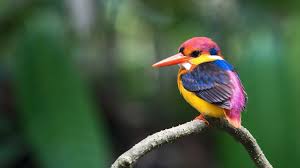
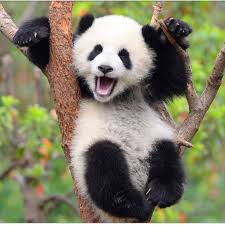

What might explain the lack of reptiles in Antarctica?
a. They are ectothermic
b. They require tropical climates
c. Food is scarce there
d. Antarctic air is too thin
a. They are ectothermic
What is the major difference between vertebrates and invertebrates?
a. Invertebrates have bilateral symmetry; vertebrates have radial symmetry.
b. Invertebrates have gills, vertebrates have lungs.
c. Invertebrates do not have spinal columns; vertebrates do.
c. Invertebrates do not have spinal columns; vertebrates do.
Which term most accurately describes your body?
a. Endothermic
b. Ectothermic
c. Mesothermic
d. Hypothermic
a. Endothermic
Compared to a reptile's nervous system, a mammal's nervous system is:
a. Bigger
b. Less complex
c. Smaller
d. More complex
D more complex
Reptiles' scaly skin serves a function most similar to:
a. A raincoat
b. A radiator
c. Air conditioning
d. Armor
d. Armor
Which of the following animals is an invertebrate?
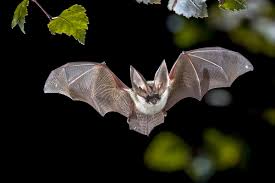
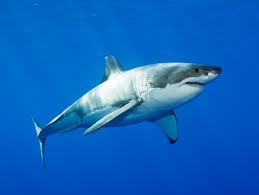
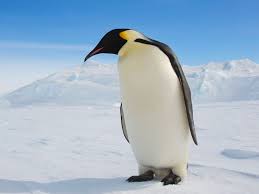
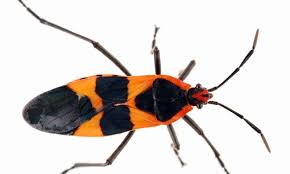

What do all mammals have in common?
a. Two legs
b. The ability to lay eggs
c. Hair or fur
d. The sense of sight
c. Hair or fur
How do warm-blooded creatures differ from cold-blooded creatures?
a. Warm-blooded creatures maintain a constant body temperature; cold-blooded creatures do not.
b. Cold-blooded creatures maintain a constant body temperature; warm-blooded creatures do not.
c. Cold-blooded creatures have colder body temperatures than warm-blooded creatures.
d. Cold-blooded creatures have warmer body temperatures than warm-blooded creatures.
a. Warm-blooded creatures maintain a constant body temperature; cold-blooded creatures do not.
A reptile's body temperature is most dependent on:
a. Its diet
b. Its total surface area
c. Its level of activity
d. The weather
d. The weather
What do butterflies and lobsters have in common?
a. They are both mollusks.
b. They are both annelids.
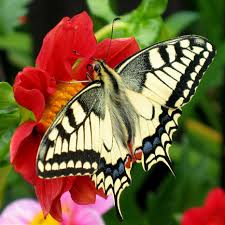
c. They are both arthropods.
d. They are both cnidarians.
c. They are both arthropods.
Compared to other types of vertebrates, fish are the most numerous. What does this mean?
a. Fish are larger in size than other vertebrates
b. Fish make up the largest group of vertebrates
c. Fish have colder blood than other vertebrates
d. Fish travel in larger groups than other vertebrates
b. Fish make up the largest group of vertebrates
Where placental mammals live?
a. They live on land, but not in the ocean
b. They live mostly in Australia and New Zealand
c. They live in a wide range of habitats
d. They live in a limited range of habitats
c. They live in a wide range of habitats
Reptile birth most resembles that of:
a. Birds
b. Humans
c. Kangaroos
d. Whales
a. Birds
Some invertebrates, like jellyfish, spiders, and crabs are predators. What does this mean?
a. They cannot move.
b. They eat other animals.
c. They are parasites.
d. They live underwater.
b. They eat other animals.
Which of the following is an example of an amphibian?
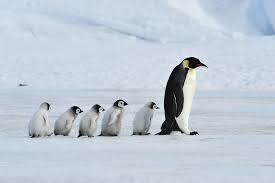
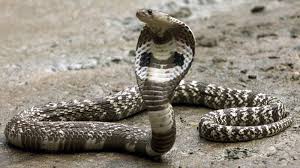
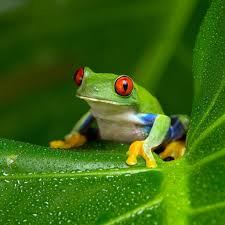

What odd fact about whales and dolphins can you conclude?
a. That at some point in their development, they have hair or fur
b. That they have no mammary glands
c. That their body temperature changes with the temperature of the ocean
a. That at some point in their development, they have hair or fur
What do humans and reptiles have in common?
a. They live on all continents
b. Their young are born alive
c. They have backbones
d. They have a similar number of species
c. They have backbones
How do land mollusks like snails differ from water mollusks like clams?
a. Land mollusks have shells; water mollusks do not
b. Land mollusks have lungs; water mollusks have gills
c. Land mollusks are hard-bodied; water mollusks are soft-bodied
d. Land mollusks have tentacles; water mollusks do not
b. Land mollusks have lungs; water mollusks have gills
Which term accurately describes one function of birds' feathers?
a. Exoskeleton
b. Insulation
c. Respiration
d. Migration
b. Insulation